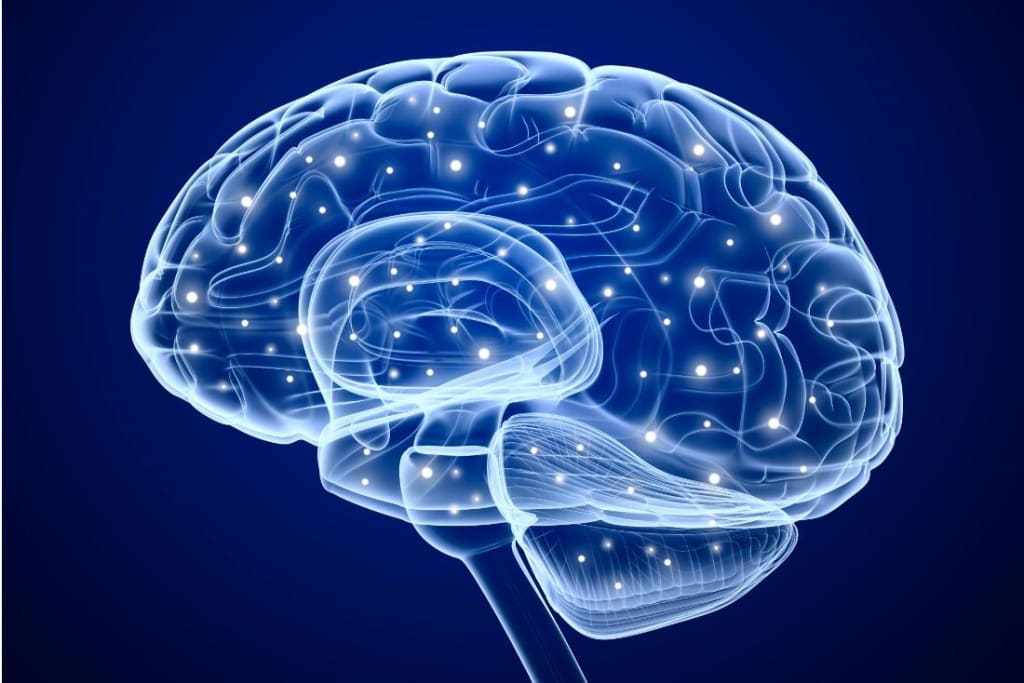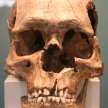
Our brains are truly the one thing that has separated us from everything else that has lived on this planet, and it was happenstance. It evolved serendipitously, as a side effect of our environmental lifestyle, and the tale is a glorious tribute to the beauty of evolution. Let me be clear. We did not need a big brain to survive. Nothing else has one, and all life here progresses fine without one. Its usefulness allowed us to conquer every environment. So what did we do that was so right?
In their paper entitledEvidence for the unique function of docosahexaenoic acid during the evolution of the modern hominid brain byMichael Crawford et al., they coin the phrase "brain-selective nutrients." Without these, there is no evolution of our big brains. These nutrients are DHA (docosahexaenoic acid) iodine, iron, zinc, copper, selenium, and vitamins A & D. These nutrients are found in seafood, and organisms that eat seafood: seabirds, clams, crabs, fish, turtles, algae, shrimp, mussels, frogs and lobster to name but a few.
Iodine Deficiency

We put iodine in salt because people who don't have access to seafood suffer deficiencies and are left with thyroid damage or worse—a form of mental retardation known as cretinism. It is estimated that over a billion people today suffer from a lack of iodine in places that are inland, away from the sea, and there is no source of iodine.
Some researchers continue to claim that we could have gotten the extreme energy requirements for the brain from meat, but this is wrong. It is a safe assumption that a larger brain enabled us to hunt, make tools, scavenge and more. However, you can't put the cart before the horse. We had to have a larger brain first, in order to figure all this out. Terrestrial foods, including meat, do not have DHA or iodine in quantities needed.
To see how this brain-selective nutrient diet works, we have to go back to the LCA (last common ancestor). Picture, if you will, the LCAs living on the coast of East Africa. They are literally surrounded by foods that contain the nutrients needed for brain growth. There are no food shortages—a Garden of Eden if you like. These nutrients, rich in DHA, also known as an omega 3 fatty acid, abound. This nutrient is a structural component of the brain and retina of the eye. Over time, babies begin to put on fat. A subcutaneous fat of DHA, enough to supply them with a base until they can eat it themselves. During the last trimester of pregnancy, they pack it on, becoming butterballs of DHA. They get some renewal through mother's milk, also rich in brain-selective nutrients. The brain gets bigger.
A Butterball of DHA

Some scientists insist that DHA can be manufactured within the body from a substance called ALA which we can get from a meat diet. We cannot make enough, fast enough, to support the brain. DHA must be preformed when we get it, not manufactured endogenously. It is worth making two points here. Firstly, we are the only primates to have fat babies. Secondly, Australopithecines moved away from the shore and lived in woodlands and in 3 million years did not develop big brains.
It doesn't take a Ph.D. in any science to see that a bigger brain is not a required asset for shoreline dwellers. Brain-selective nutrients, through their dietary influence, unlocked the door to brain development. Our helpless chunky monkey offspring would have been a huge liability anywhere but the shore. We didn't need a big brain, it just happened. All the pieces were in the right place, at the right time. Then and only then could we put it to good use.
No other land species has fat babies. No other menu promotes fantastic brain growth. We are alone in our intellect.
About the Creator
Monica Bennett
I am a retired high school and college teacher. I have taught forensics, biology, chemistry, ecology, and Earth science.. Long Island has been my home for 60 years.






Comments
There are no comments for this story
Be the first to respond and start the conversation.